Regulatory Compliance and Standards
The Hygienic Easy-to-Clean Food Processing Equipment Market is significantly influenced by the need for compliance with stringent regulatory standards. Governments and health organizations are continuously updating food safety regulations, necessitating that food processors invest in equipment that meets these evolving requirements. This compliance not only mitigates the risk of penalties but also enhances consumer trust. Data indicates that companies adhering to these regulations can experience a 10% increase in market share. As a result, the demand for hygienic and easy-to-clean equipment is likely to grow, as businesses strive to align with both local and international food safety standards.
Growing Demand for Process Automation
The Hygienic Easy-to-Clean Food Processing Equipment Market is witnessing a growing demand for process automation. As food manufacturers seek to enhance efficiency and reduce labor costs, the integration of automated systems into food processing operations is becoming increasingly prevalent. Automation not only streamlines production but also ensures consistent hygiene standards, as machines can be programmed for optimal cleaning cycles. Market projections indicate that the automation segment could account for up to 30% of the overall equipment market by 2026. This trend reflects a broader shift towards smart manufacturing, where hygiene and efficiency are paramount.
Rising Consumer Awareness of Food Safety
The Hygienic Easy-to-Clean Food Processing Equipment Market is experiencing a surge in demand due to heightened consumer awareness regarding food safety. As consumers become increasingly informed about the potential health risks associated with foodborne illnesses, they are more inclined to support businesses that prioritize hygiene in food processing. This trend is reflected in market data, indicating that companies investing in hygienic equipment are likely to see a 15% increase in customer loyalty. Furthermore, regulatory bodies are enforcing stricter hygiene standards, compelling food manufacturers to adopt advanced cleaning technologies. This shift not only enhances food safety but also boosts the overall reputation of brands committed to maintaining high hygiene standards.
Sustainability and Eco-Friendly Practices
Sustainability is emerging as a crucial driver in the Hygienic Easy-to-Clean Food Processing Equipment Market. As environmental concerns gain prominence, food processors are increasingly seeking equipment that minimizes waste and energy consumption. The demand for eco-friendly materials and designs is on the rise, with market studies suggesting that sustainable equipment could capture a 25% share of the market by 2027. This shift not only aligns with consumer preferences for environmentally responsible practices but also helps companies reduce their carbon footprint. Consequently, manufacturers are innovating to create hygienic equipment that meets both hygiene and sustainability criteria.
Technological Advancements in Cleaning Solutions
Technological innovations are playing a pivotal role in the Hygienic Easy-to-Clean Food Processing Equipment Market. The introduction of advanced cleaning solutions, such as automated cleaning systems and self-cleaning surfaces, is transforming the way food processing equipment is maintained. These technologies reduce the time and labor required for cleaning, thereby increasing operational efficiency. Market analysis suggests that the adoption of such technologies could lead to a 20% reduction in cleaning time, allowing food processors to allocate resources more effectively. As manufacturers seek to enhance productivity while ensuring compliance with hygiene regulations, the demand for innovative cleaning solutions is expected to rise significantly.


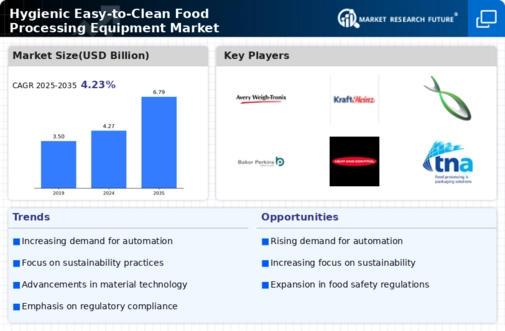
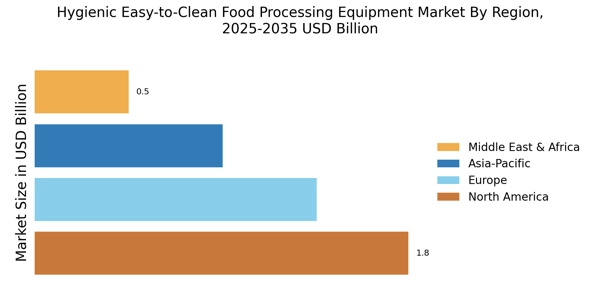

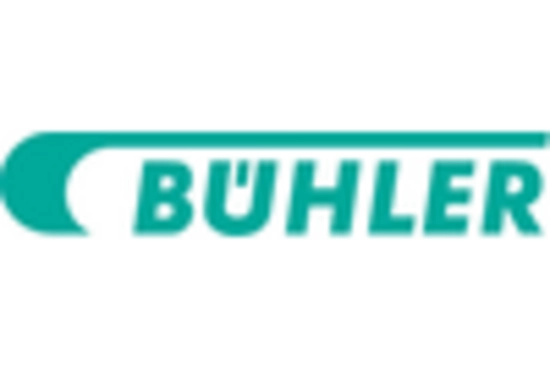
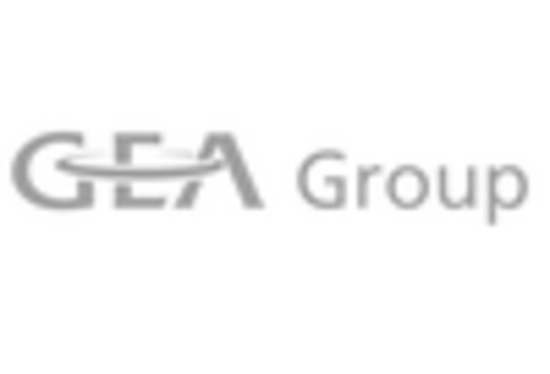

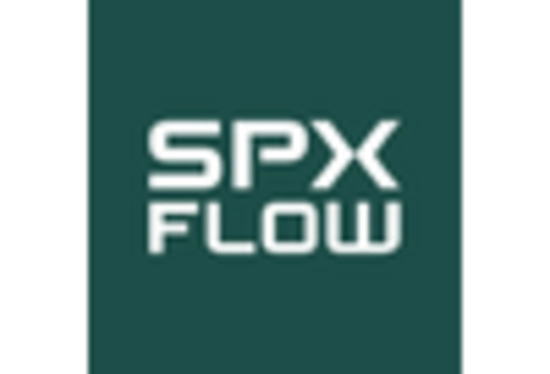
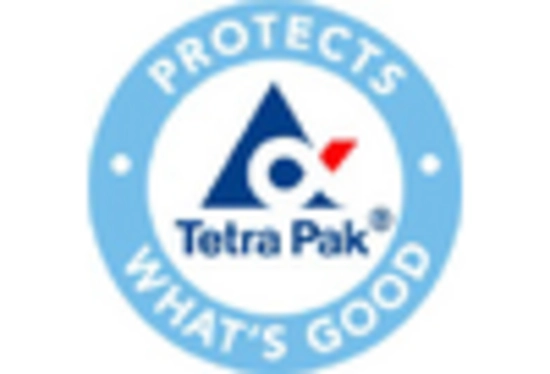








Leave a Comment